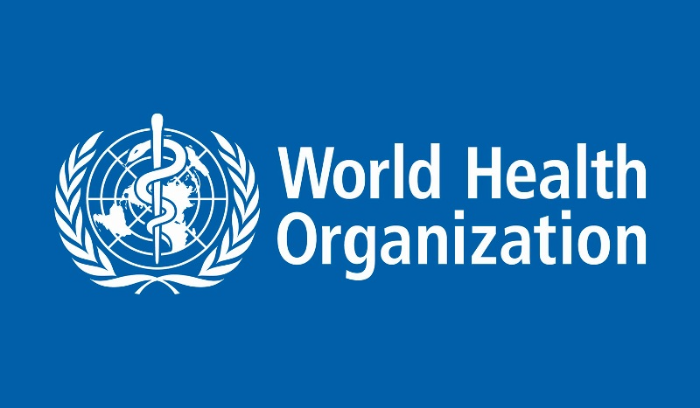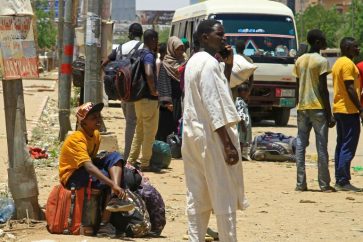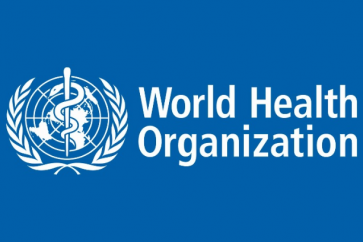The World Health Organization (WHO) has convened to discuss a new outbreak of a highly infectious virus in Central Africa, looking at several vaccine candidates that could potentially stop the pathogen that causes hemorrhagic fever with a fatality rate of up to 88%.
WHO officials held an “urgent” meeting on Tuesday to review the Marburg virus now spreading in Equatorial Guinea, where at least nine people have lost their lives to the illness, in addition to more than a dozen suspected cases. The agency announced that medical experts and protective gear would be sent to the country, and said samples would be brought to a lab in Senegal to help trace the origin of the new outbreak.
“Marburg is highly infectious. Thanks to the rapid and decisive action by the Equatorial Guinean authorities in confirming the disease, emergency response can get to full steam quickly so that we save lives and halt the virus as soon as possible,” Dr. Matshidiso Moeti, WHO regional director for Africa, said.
Belonging to the same family of viruses as Ebola, Marburg is considered highly dangerous and is known to cause a form of viral hemorrhagic fever, which leads to bleeding from the nose, mouth, or other body parts. Other symptoms include extreme lethargy, dehydration, nausea, vomiting, sore throat, and abdominal pain.
While there is currently no accepted vaccine or antiviral therapy to treat Marburg, the WHO noted that a “range of potential treatments” are now being evaluated, including “blood products, immune therapies and drug therapies,” as well as multiple candidate vaccines undergoing phase 1 trials.
“We’re working on a 30-day response plan where we should be able to quantify what are the exact measures and quantify what are the exact needs,” George Ameh, the WHO’s representative in Equatorial Guinea, said.
Though Marburg is known to have a fatality rate of around 50%, past outbreaks have taken an even greater toll. In 2004, the virus struck Angola and infected 252 people; 90% of them died. Ghana also reported a small outbreak last year, though just two fatalities were counted at the time.
The virus is named after a city in Germany, where it was first recorded in 1967. At the time, a shared shipment of infected monkeys from Africa caused near simultaneous outbreaks in laboratories in Marburg and Frankfurt, as well as Belgrade, Yugoslavia, resulting in a total of seven deaths.
Source: RT




